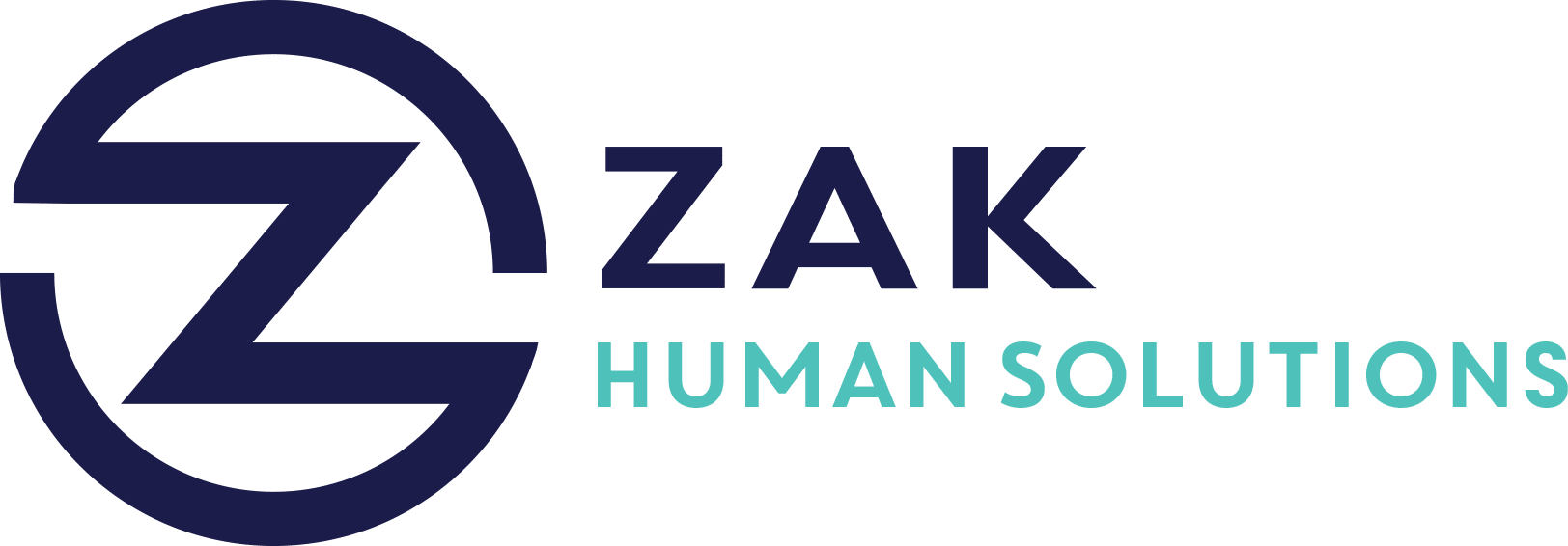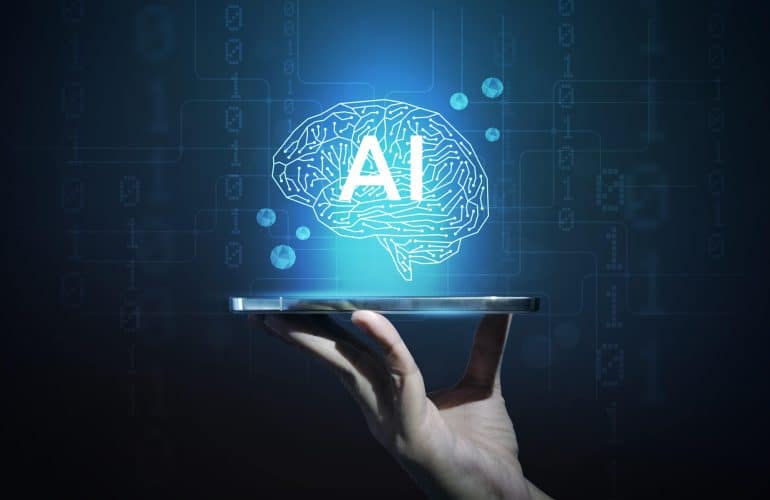Key Takeaways
- Ensuring a seamless employee experience is vital in today’s dynamic workplace environment, covering recruitment to offboarding stages for better engagement and retention.
- Aligning every stage of the employee lifecycle with organizational values enhances engagement and commitment.
- Developing a clear listening strategy by gathering and utilizing feedback at critical moments refines the employee experience.
- Cultivating a culture of empathy and communication supports mental health and fosters a supportive work environment.
- Implementing development plans and mentorship opportunities encourages employee growth and attention to burnout.
- Authenticity should be maintained in all organizational actions to strengthen the cultural fabric and build trust.
- Leveraging modern software tools enhances collaboration and makes workplace processes more efficient.
- Celebrating milestones boosts employee loyalty and engagement by showing appreciation for accomplishments.
- A three-pronged approach integrating people, process, and technology fosters a sustainable workforce.
- Open feedback channels and actionable responses build trust and demonstrate employee value.
In today’s dynamic workplace environment, ensuring a seamless employee experience throughout their lifecycle is not only desirable but crucial. For organizations aiming to cultivate a thriving workforce, attention must be paid to each stage of the employee lifecycle, from recruitment to offboarding. As shared by members of the Forbes Human Resources Council, there are comprehensive strategies that HR leaders can employ to optimize these experiences. This blog post delves into their expert insights, providing valuable guidance for fostering employee satisfaction and engagement at every touchpoint.
The Importance of a Seamless Employee Experience
The employee lifecycle is composed of several stages, including recruitment, onboarding, career development, and offboarding. Each stage carries significant weight in shaping an employee’s perception of an organization. When these stages are managed seamlessly, they lead to higher engagement, retention, and productivity rates. But what tactics can leaders adopt to ensure the journey is smooth and supportive?
Key Strategies for Enhancing the Employee Lifecycle
1. Iterating on Existing Frameworks
Drawing inspiration from established theories like Maslow’s Hierarchy of Needs, organizations should tailor these frameworks to highlight their strengths and opportunities. The focus should be on quantifiable metrics that support employee experience enhancements.
2. Aligning Stages with Organizational Values
Every phase in the employee lifecycle should reflect the core values of the organization. From establishing authentic connections during hiring to conducting respectful offboarding, aligning these processes ensures that employees remain engaged and committed.
3. Developing a Clear Listening Strategy
Listening to employees is paramount. HR managers should actively gather and utilize feedback at critical moments, such as onboarding and role changes, to continuously refine the employee experience.
4. Fostering a Culture of Empathy and Communication
Creating a culture rooted in empathy involves open communication and continuous feedback. Supporting employees’ mental health and work-life balance fosters a sense of value and empowerment.
5. Implementing Development Plans and Mentorship
Offering clear development pathways and mentorship opportunities encourages growth and maintains engagement. Recognizing contributions and addressing burnout are also essential components.
6. Ensuring Authenticity in Actions
It’s crucial for organizations to walk the talk. Aligning words with actions at every interaction strengthens the cultural fabric and builds a cohesive experience for employees.
7. Focusing on Key Lifecycle Moments
HR leaders should identify and prioritize key transitional moments that hold significant impact, ensuring processes during these times meet employees’ expectations and organizational standards.
8. Leveraging Software Tools for Collaboration
Modern workplaces thrive on technology that inspires collaboration. Advanced software tools streamline processes, enhancing connectivity and growth at work.
9. Adopting a Three-Pronged Approach
Integrating people, process, and technology ensures alignment between employee tasks, organizational tools, and career development, ultimately fostering a sustainable workforce.
10. Celebrating Milestones and Wins
Recognizing achievements by setting and celebrating milestones demonstrates appreciation and encourages loyalty and engagement among employees.
Reinforcing Trust and Respect
11. Encouraging Open Feedback Channels
Employees feel valued when they know their opinions matter. Therefore, organizations should solicit feedback and respond with actionable changes to strengthen trust.
12. Asking Open-Ended Questions
Engaging with employees through open-ended queries at regular intervals provides deeper insights into their needs and expectations.
13. Allowing Employees to Showcase Their Authentic Selves
Providing platforms for employees to express their unique qualities and pursuing diverse roles builds a culture of inclusion and visibility.
14. Integrating Company Culture into All Interactions
Every employee interaction should echo the company’s cultural ethos, ensuring a positive experience from start to finish.
15. Investing Time to Build Trust
Great leaders dedicate personal time to employee development, embedding them into the organization as valued members rather than mere workers.
Creating a Sustainable Employee Experience
The insights shared by Forbes Human Resources Council members present a roadmap for HR leaders aiming to enhance employee experiences effectively. By implementing these strategies, organizations not only improve satisfaction and retention but also cultivate a work environment characterized by trust, growth, and mutual respect.




